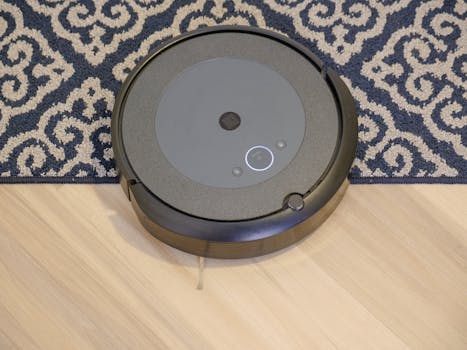
Smart Homes and Smart Living: The Technological Transformation of European Homes by 2025
Smart Homes and Smart Living is revolutionizing the way we live in European homes. The concept of smart homes and smart living is becoming increasingly popular, and by 2025, it is expected to transform the way we live, work, and interact with our surroundings. In this article, we will explore the latest trends and technologies that are driving this transformation and what we can expect in the future.
Introduction to Smart Homes and Smart Living
Smart homes and smart living refer to the integration of technology and automation in homes to make life easier, more convenient, and sustainable. This includes the use of sensors, artificial intelligence, and the Internet of Things (IoT) to control and monitor various aspects of home life, such as lighting, temperature, security, and entertainment.
Current Trends in Smart Homes and Smart Living
Currently, there are several trends that are driving the growth of smart homes and smart living in Europe. These include:
- Increased adoption of voice assistants, such as Amazon Alexa and Google Assistant
- Growing demand for smart home devices, such as smart thermostats and smart lighting systems
- Expansion of 5G networks, enabling faster and more reliable connectivity
- Development of new technologies, such as augmented reality and virtual reality, which are expected to play a significant role in smart homes and smart living
Future of Smart Homes and Smart Living in Europe
By 2025, European homes are expected to be equipped with cutting-edge technology, making life easier, more convenient, and sustainable. Some of the key features that we can expect to see in smart homes and smart living include:
- Increased use of artificial intelligence and machine learning to control and monitor home systems
- Greater emphasis on energy efficiency and sustainability, with the use of renewable energy sources and energy-efficient appliances
- More advanced security systems, including biometric authentication and advanced surveillance systems
- Greater integration with other smart devices and systems, such as wearables and vehicles
Benefits of Smart Homes and Smart Living
The benefits of smart homes and smart living are numerous and include:
- Increased convenience and comfort, with the ability to control home systems remotely
- Improved energy efficiency and sustainability, with the use of renewable energy sources and energy-efficient appliances
- Enhanced security, with advanced surveillance systems and biometric authentication
- Greater connectivity and integration with other smart devices and systems
Challenges and Limitations of Smart Homes and Smart Living
While smart homes and smart living offer many benefits, there are also several challenges and limitations that need to be addressed. These include:
- High upfront costs, with the cost of smart home devices and systems being prohibitively expensive for some
- Concerns about data privacy and security, with the potential for hacking and unauthorized access to personal data
- Interoperability issues, with different devices and systems not being compatible with each other
- Lack of standardization, with different manufacturers and developers using different protocols and standards
Conclusion
In conclusion, smart homes and smart living are revolutionizing the way we live in European homes. With the use of cutting-edge technology, such as artificial intelligence, IoT, and 5G networks, we can expect to see significant improvements in convenience, comfort, energy efficiency, and security. However, there are also several challenges and limitations that need to be addressed, including high upfront costs, concerns about data privacy and security, interoperability issues, and lack of standardization.






